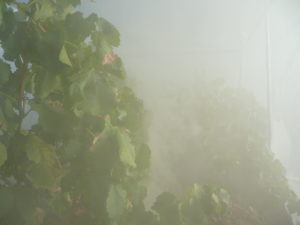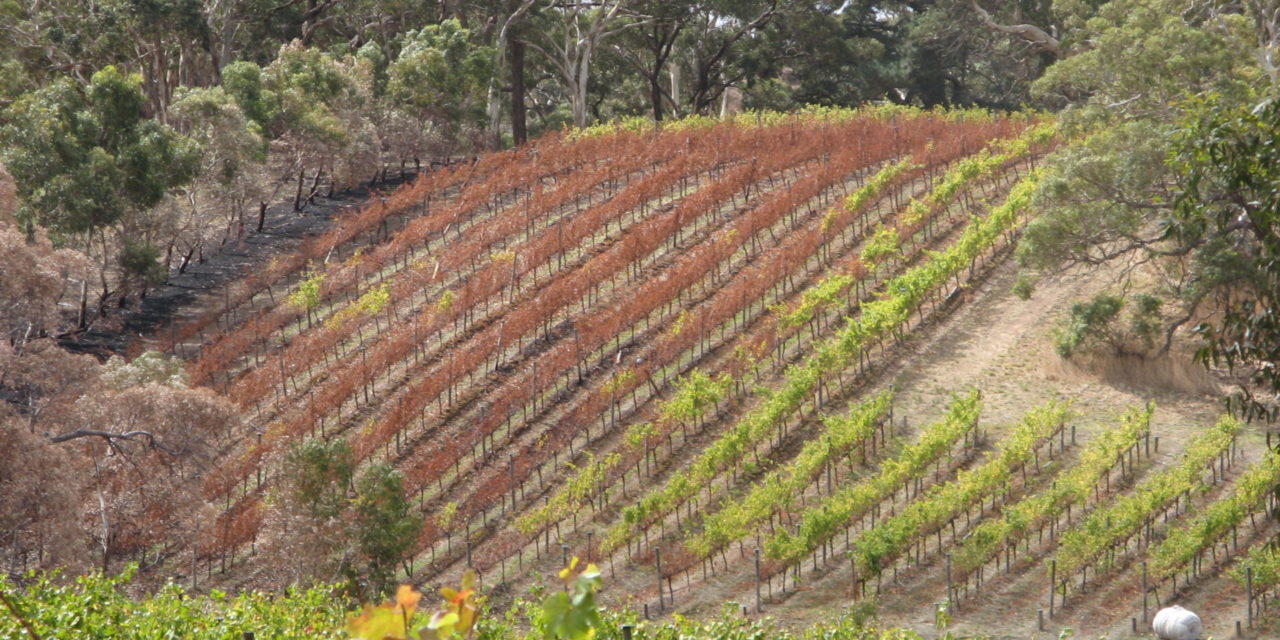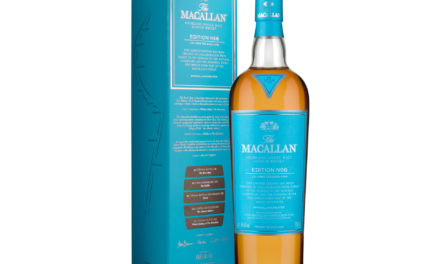
“We can’t directly measure free volatile phenols in grapes; they’re not present in their free form until the one or two days after smoke exposure. You can measure them in wine, but this doesn’t help the industry mitigate the financial impacts of smoke exposure.”
Professor Kerry Wilkinson, an academic in the School of Agriculture, Food and Wine at University of Adelaide in Australia, is one of the—if not, arguably, the—leading authorities on smoke taint in grapes and wine. She identified some of the compounds believed to be responsible for smoke taint and continues to work on methods for removing these compounds from wine.
Spirited caught up with her in the middle of January’s Australian brushfires, when she graciously took time to respond to our questions.
Spirited: Can you quantify the problem of smoke taint, which has affected Australia as well as North America.
Wilkinson: I’m not aware of any comprehensive study that’s quantified the financial impact of bushfires on grape/wine production. This might be, in part, due to the nature of the issue: Do you evaluate the cost of grapes lost, the wine that might have been made, or the cost incurred to harvest grapes and make wine only to find it’s tainted? And how do you quantify the cost of not having a product on the shelf and losing brand recognition?
Then there’s the impact of fires, rather than smoke, which can cause heat damage to vines. If vines need to be replaced, that means no commercial crop or wine for as many as five years.
What causes smoke taint?
There are chemical analyses for smoke taint—a suite of volatile phenols, in free and bound [precursor] forms, meaning with one or more sugar molecules attached. Most commercial wine labs, some of the larger wineries, and research labs working on smoke taint can measure the free volatile phenols, but they don’t always have the analytical instruments or standards to measure the bound/glycoconjugate forms.
 We know the volatile phenols in smoke are taken up by grapes, though how is still not definitively understood, and that they’re glycosylated (that is, sugar molecules are attached) by enzymes. But the biochemical pathway is still not entirely understood.
We know the volatile phenols in smoke are taken up by grapes, though how is still not definitively understood, and that they’re glycosylated (that is, sugar molecules are attached) by enzymes. But the biochemical pathway is still not entirely understood.
This complicates analysis, because we can’t directly measure free volatile phenols in grapes; they’re not present in their free form one or two days after smoke exposure. You can measure them in wine, but this doesn’t help the industry mitigate the financial impacts of smoke exposure.
Labs that can measure the bound forms are still trying to determine what levels correspond to a perceivable sensory impact. Again it’s complicated: Some grape varieties (such as Shiraz) naturally contain some of the volatile phenols we use as smoke taint markers. And some [of those markers] (including guaiacol and 4-methylguaiacol) are natural constituents of oak. So if wine is aged in barrels, you’ll find these compounds whether or not there was smoke exposure or smoke taint.
I’m of the opinion that there could be other marker compounds that are yet to be identified. I’ve heard it suggested that smoke taint could be a combination of the volatile phenols together. I’m not sure, but it’s possible. For reference, smoke contains a cocktail of volatile compounds. Volatile phenols have been linked with smoky aromas/flavors, hence we use them as markers. But there could be other volatiles we should be measuring.
Despite the increasing body of work in this area, we really need more data on what levels of the different marker compounds are “normal” in both grapes and wine—in different varieties, from different regions and vintages. Then we’ll be able to better distinguish “tainted” grapes and finished wine.
Can smoke taint be prevented?
As yet we don’t have many options for preventing smoke taint. We’ve had some success with the application of kaolin [a soft, white clay often used in pottery and textiles] to grapes before smoke exposure, but we need to do further work to be sure this mitigates the sensory impact of smoke.
Similarly, researchers at the University of British Columbia found a biofilm that seems to work when applied pre-smoke exposure. Again, the sensory impact needs to be demonstrated. Many other attempts to mitigate the effect of smoke in the vineyard, including other sprays, defoliation, misting, and washing grapes, don’t appear to help. Some sprays actually exacerbate the taint.
Can it be eliminated after harvest?
Minimizing skin contact during fermentation reduces the extraction of smoke taint into wine, but this isn’t practical for red winemaking. To date, the most successful treatment we’ve found has been the use of activated carbon—although not all activated carbons work the same way—and reverse osmosis. Neither treatment is perfect or without other potential impacts to wine quality, but they at least provide the industry with some options.
We don’t fully understand smoke taint; more research is needed. It’s not an easy problem to address. Whether taint occurs—and to what extent—depends on the duration of smoke exposure, the density of smoke, possibly the age of smoke (that is, fresh smoke versus smoke that’s drifted over time), the timing of smoke exposure during the growing season, grape variety, and winemaking practices. The nature of fires means we don’t often know for how long vines or fruit are exposed to smoke, so it’s often not until some time after the event that we get an idea of the true impact.
My current research is looking at rapid methods of detecting smoke taint in the vineyard, and methods for amelioration. I’m hoping to secure funding for further research to investigate some of the other knowledge gaps that remain.











